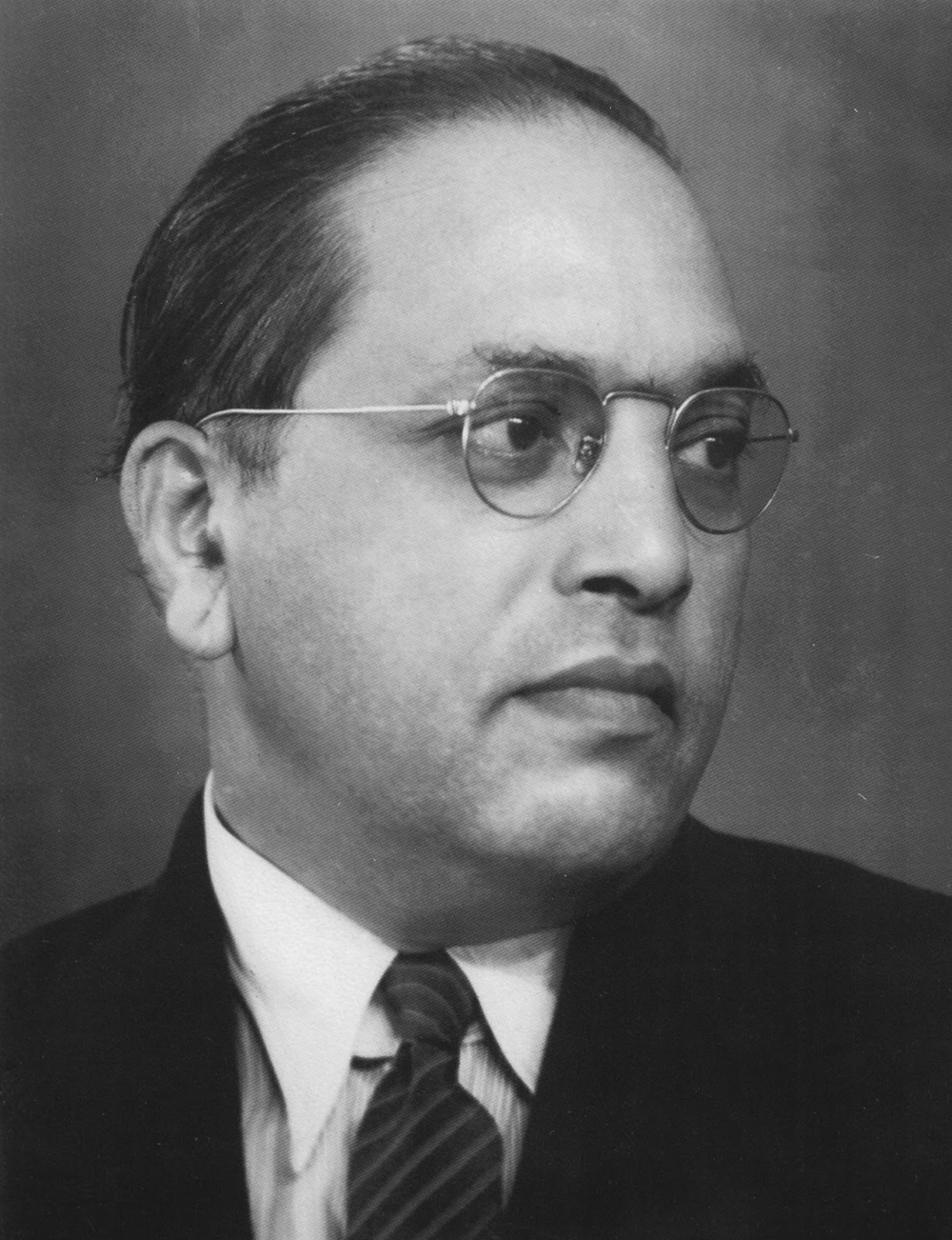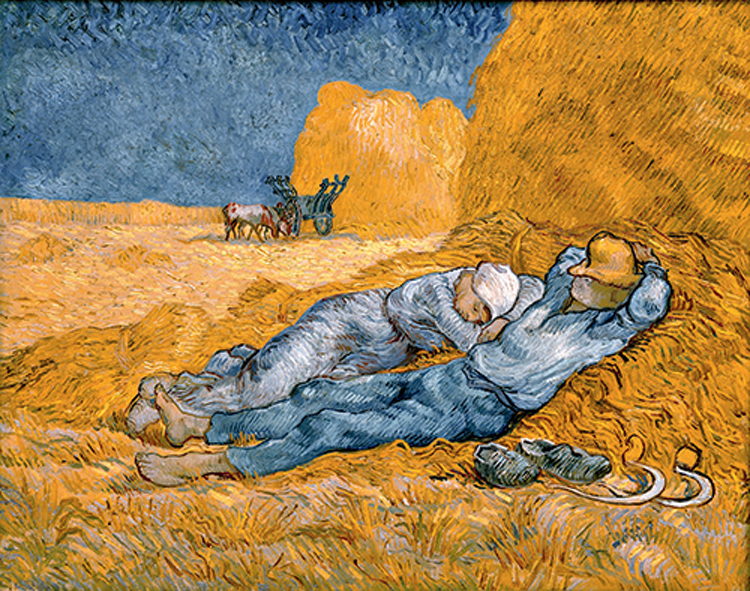“Gandhiji, I have no homeland.” The first meeting between Gandhi and B.R. Ambedkar, who later became chairman of the drafting committee of independent India’s Constitution and its first law minister, is memorialized in this sentence. It expresses the centuries-old plight of those most oppressed in the varna hierarchy under the “institutionalised social injustice at the heart of the country”.
Has there been a qualitative change in the situation of the ‘ex-untouchables’ since this meeting some 90 years back? Can Dalits rightfully claim that they have a ‘homeland’? Figures collated by National Crime Records Bureau show that “a crime is committed against a Dalit by a non-Dalit every sixteen minutes”, including four rapes a day and murders of 13 Dalits every week. And these figures do not include “the stripping and parading naked, the forced shit eating, the seizing of land and the social boycotts...” This is the backdrop of the book, The Doctor and The Saint: The Ambedkar-Gandhi Debate — Caste, Race, and Annihilation of Caste by Arundhati Roy. It earlier formed part of an introduction to an annotated 2014 edition of Annihilation of Caste — the historic pamphlet Ambedkar wrote when invited by the ‘Jat Paat Todak Mandal’ in Lahore. The invitation was withdrawn after the hosts read the lecture draft.
Roy’s introduction, which discussed Gandhi’s problematic understanding of caste and race, had caused tremendous consternation in Ambedkarite circles and discomfort in liberal/Gandhian circles too. The book brings into sharp focus the continuity (with minor changes) in Gandhi’s understanding, especially vis-à-vis caste. It quotes from Gandhi’s speeches and writings to make this clear; for example he believed that “caste represented the genius of Indian society”, that “if Hindu society has been able to stand, it is because it is founded on the caste system”. He refused to eat with people of the Balmiki community in Delhi. “You can offer me goat’s milk,” he said, “but I will pay for it. If you are keen that I should take food prepared by you, you can come here and cook food for me.” His approach to the mixed dining of savarna and erstwhile ‘untouchables’ is also evident in the way C. Rajagopalachari assured caste Hindus during the Vaikom struggle in 1924: “Mahatmaji does not want you to dine with Thiyas or Pulayas. What he wants is that we must be prepared to touch and go near other human beings as you go near a cow or a horse.” Quoting Ambedkar, the book also says that Gandhi had opposed the historic Mahad Satyagraha, the first revolt of the Dalits for dignity and human rights: “Not only did he not give his support, he condemned it in strong terms.”
It is extremely difficult to defend Gandhi’s patronizing tone regarding the ‘antyajas’ (he christened them ‘Harijan’ — god’s people) as also his largely status quoist view on caste. He wanted to abolish untouchability but believed in varnashrama dharma, which, according to Ambedkar, was the ‘parent’ of the caste system. Discomfort, again, overwhelms us when, in his famous 1909 political tract, ‘Hind Swaraj’ — with which “Gandhi remained pleased to the end of his days,” says Roy — he presents a “trenchant denunciation of modernity”, which “indicts the industrial revolution and modern machinery”.
While unpacking Gandhi’s view on this “project of unseeing”, it needs to be emphasized that he remained true to his convictions and, in spite of opposition from some Congress leaders, endeavoured to include abolition of untouchability as part of the national movement. It is a less known fact that Gandhi’s zeal to abolish untouchability, which included the entry of ‘untouchables’ in temples or allowing them access to public wells was construed as an ‘attack on Hindu religion’ by the Sanatanists and he faced tremendous resistance from them.
There are at least two known instances when they tried to kill him, once in Deoghar, Bihar, and the other in Pune, when his car came under a bomb attack in 1934 — incidentally, he was not there.
Roy’s book discusses how Ambedkar’s “encounters with humiliation and injustice began from his early childhood” and throws light on his contemporaries in anti-caste movements led by Swami Achootanand, Babu Mangoo Ram and others. It explains the background of Ambedkar’s authorship of Annihilation of Caste, discusses how he viewed the issue of caste, called for its annihilation and describes the tremendous challenges he faced in this mission.
Ambedkar’s work calls upon the people to “discard the Shastras... have the courage to tell the Hindus that what is wrong with them is their religion”. Its scathing attack on Hinduism shocked many; he exposed Hinduism’s inflexibility by underlining that “there is one thing which Hinduism has never been able to do — namely to adjust itself to absorb the Untouchables or to remove the bar of untouchability”. What is less underlined is that “Ambedkar believed ... the two enemies of the Indian working class were capitalism and Brahminism”. Annihilation of Caste thus uncovers Ambedkar’s radical understanding: “The seizure of power must be by a proletariat... Can it be said that the poor in India recognise no such distinctions of caste or creed, high or low?”
However, there are places in the book where it appears that Roy is revisiting her assertions. For example, her claim that “Savarkar had supported Mahad Satyagraha” seems to be a little far-fetched because Savarkar believed all his life in Manusmriti and consistently opposed any independent initiative by the ‘Untouchables’. In response to their temple entry movement he had proposed a ‘Patit Pawan Mandir’ — a separate temple for them. Roy’s understanding that “From a Dalit point of view, Gandhi’s assasination could appear to be more a fratricidal killing than an assasination by an ideological opponent” suggests her rather shallow understanding of the danger of communal fascism or the project of converting India into a Hindu rashtra.
In places, Roy also seems a bit harsh towards Gandhi whereas she is not equally ruthless about Ambedkar. She does not linger on the fact that, barring a limited period, Ambedkar never had very friendly relations with the Congress; he presented his view of the party in his What Gandhi and Congress Have Done for the Untouchables just two years before Independence. Yet, he readily accepted the Congress’s offer to become law minister and chairman of the Constitution drafting committee. How can one explain this?
In any case, how should one look at this debate so many years after its main protagonists have gone? Notably, Roy is dealing with this humongous reality called caste: how the Gandhian view of caste still dominates the commonsense of a majority of Indians and why Ambedkar’s attack on caste and his denunciation of Hinduism could not make enough impact. Her chief concern has been that Ambedkar’s rage “be fully understood”. By being somewhat provocative, she has succeeded in doing that.
The Doctor and the Saint: The Ambedkar-Gandhi Debate — Caste, Race, and Annihilation of Caste; By Arundhati Roy, Penguin, Rs 299












